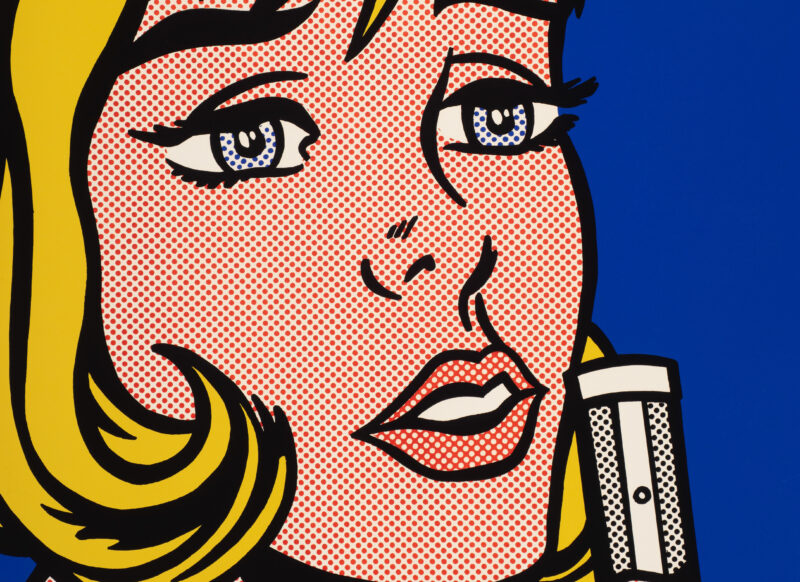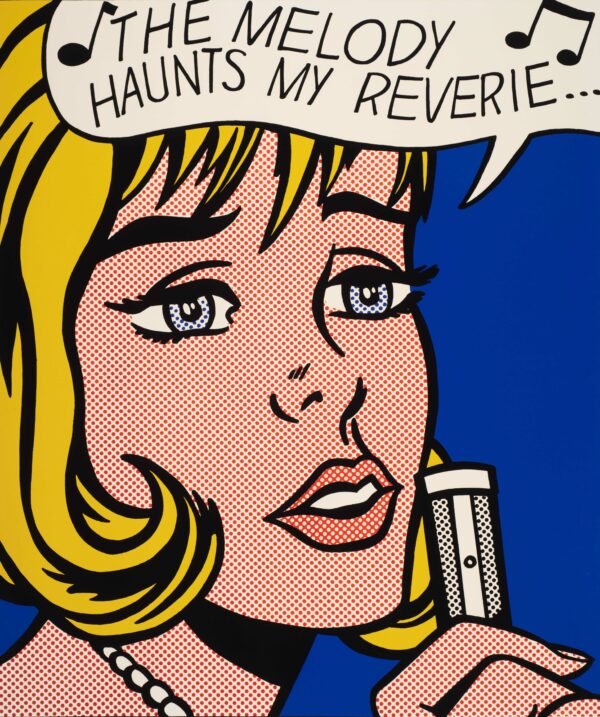
Snap, Crackle, Pop: Recent Acquisitions from S.O. and Louise Beren
May 14 - October 23, 2022
DeVore Gallery
About This Exhibition
Pop emerged from the booming consumer culture of post-war America and adapted the imagery and visual excitement of advertising. Combining bold colors and familiar subjects with carefully chosen materials, textures, and compositions, pop artists challenged traditional definitions of art at the time.
Snap, Crackle, Pop offers a glimpse into an important moment in American art history. During the late 1950s and 1960s, a new generation of artists rejected the dominance of abstract art. They considered large abstract paintings–championed by art world critics, sold at enormous prices by galleries, and widely collected by museums–elitist, boring, and out of touch. Surrounded by sleek hotrods, green suburban lawns, and brightly colored billboards, pop artists reveled in the eye-catching aesthetics of their moment. They aimed to create art that reflected modern American culture by including not only contemporary people, places, and things in their work, but also references to objects and media not traditionally considered art at all. Whether humorous, scathing, or both at once, pop artists–including Roy Lichenstein and Ady Warhol–made an indelible mark on American culture that continues today.

Roy Lichtenstein, Reverie, 1965. Serigraph, 27 x 22 7/8 inches. Wichita Art Museum, Gift of S.O. “Bud” and Louise Beren, © Estate of Roy Lichtenstein